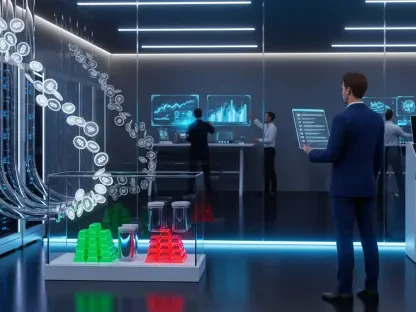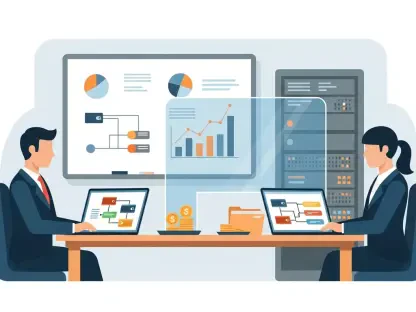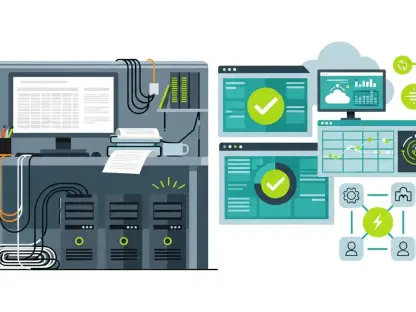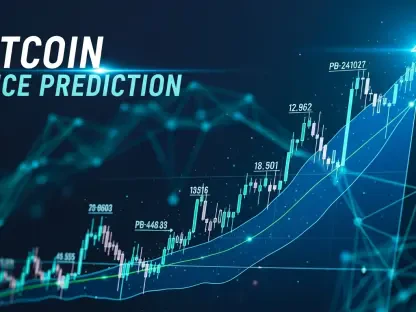The alarming rise of credit card defaults among Americans has become a significant financial phenomenon in recent times. According to the Financial Times, citing data analyzed by BankRegData, U.S. credit card defaults have surged to a record $46 billion from January through September 2024, marking the highest level seen in 14 years. Several factors contribute to this worrying trend, including high levels of credit card debt and persistent inflation, which have left many consumers struggling to meet their monthly payment obligations. As defaults continue to climb, understanding the underlying causes and consequences becomes more crucial than ever.
Understanding Credit Card Default
Defaulting on a credit card occurs when a borrower fails to make payments for over six months, creating a significant issue that banks interpret as an indication that the debt might never be repaid. Financial advisor Matt Sotir from Equitable Advisors notes that such an extended period of non-payment can lead to severe repercussions, including a marked negative impact on the defaulter’s credit report. This downgrade in credit rating complicates future borrowing efforts and further exacerbates the borrower’s financial strain.
The road to default involves several stages, beginning with missed payments that incur late fees, increased interest rates, and a decline in the borrower’s credit score. An account is flagged as “delinquent” if payments are 30 days overdue, resulting in further harm to the credit score. Should payments remain outstanding for six months, the account transitions to default status, prompting the bank to close the account and turn it over to a collection agency. This process, outlined by Chip Lupo from WalletHub, underscores the escalating punitive measures that accompany ongoing non-payment.
Consequences of Defaulting
Once a credit card account is in default and referred to a collection agency, the defaulter faces relentless efforts to recover the debt, including persistent phone calls, emails, and letters. If these tactics fail, the agency may resort to legal action. Given these severe consequences, it is essential for individuals facing default to take proactive steps. Sotir advises reaching out to the bank or consulting a financial advisor to explore possible solutions, emphasizing the importance of confronting the problem directly rather than retreating into inactivity or denial.
Negotiating with credit card issuers can be a practical approach, as it aligns with the bank’s interest to assist borrowers in catching up on payments. Sotir and economist Rikard Bandebo both highlight that debt handed over to collections can still be managed through negotiation and payment plans offered by non-profit credit counseling organizations. Such proactive engagement can help defaulters avoid the most severe repercussions while working towards resolving their debt.
Preventing Credit Card Default
To avoid falling into default, diligent financial management is imperative. Bandebo asserts that ideally, consumers should pay off credit card balances in full each month to maintain financial health. However, when this is not feasible, making at least the minimum payments becomes essential to avoid accruing additional debt. Addressing any delinquency promptly is critical to prevent further escalation towards default status.
Bandebo further recommends exploring payment plans with banks and considering alternatives such as credit counseling or transferring debt to a 0% interest credit card, albeit with associated fees. Defaulting can cause a credit score to plummet by 60 to 100 points due to missed payments, leaving lasting damage to the individual’s creditworthiness. Consistent and proactive financial habits are thus crucial in staving off the downsides of credit card delinquency and default.
Long-Term Impact on Credit Score
The long-term impact of defaulting on a credit card is substantial, as the default will appear on the individual’s credit report for seven years. This prolonged blemish severely hinders future borrowing capabilities and increases the overall cost of credit. Bandebo equates credit scores to reputations: They take time to build but can be drastically impaired by a single error. Hence, individuals struggling to make regular payments must reassess their budgets, identify potential expense reductions, or seek additional income sources.
Sotir suggests understanding cash flow in detail and considering temporary employment, asset sales, or family assistance if necessary. Some banks provide hardship programs to assist those saddled with substantial high-interest credit card balances. Bankruptcy should be considered a last resort only after all other possible solutions have been exhaustively explored, given its severe long-term effects on financial reputation.
Financial Literacy and Responsible Borrowing
The sharp increase in credit card defaults among Americans has emerged as a prominent financial issue recently. According to the Financial Times, which referenced data from BankRegData, U.S. credit card defaults have escalated to an unprecedented $46 billion from January through September 2024. This marks the highest level of defaults in 14 years. Several factors have contributed to this concerning trend, including soaring credit card debt levels and ongoing inflation, which have made it difficult for many consumers to keep up with their monthly payment responsibilities. As defaults continue to rise, it is more important than ever to understand the root causes and the potential consequences. These financial difficulties ultimately reflect broader economic challenges that many individuals face, such as wage stagnation and high living costs. Moreover, this scenario underscores the importance of effective financial management and the need for systemic solutions to help consumers manage debt more sustainably.









